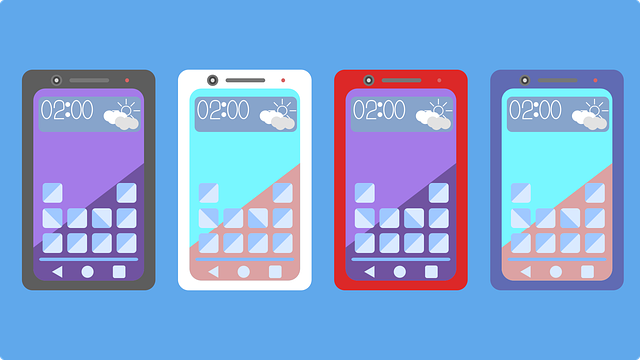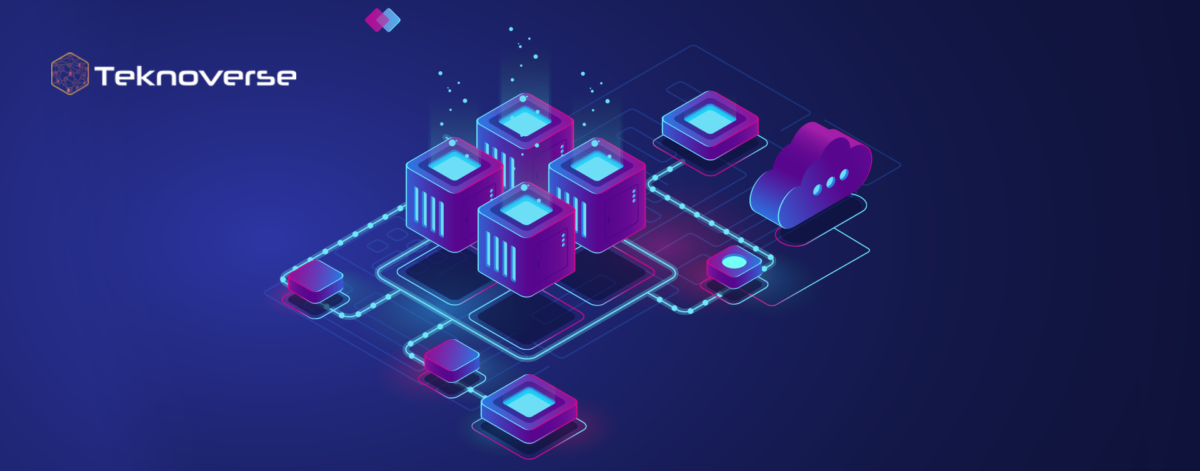Flutter is an open-source framework created by Google that allows developers to create complex user interfaces on multiple devices, regardless of whether it’s an Android or iOS operating system. With Flutter, you can build beautiful and feature-rich hybrid apps using a single codebase. Here are some aspects of Flutter that contribute to its appeal.
Hot Reload
Flutter’s “hot-reload” function enables developers to introduce changes almost in real-time, making the development process efficient.
Material Design
Google’s Material Design allows developers to modify every pixel on the screen using “widgets,” ensuring consistent UI designs across platforms.
Dart Programming Language.
Flutter apps are programmed using Dart, an open-source, object-oriented language developed by Google. Dart can compile both Ahead-of-Time (AOT) and Just-In-Time (JIT), making it easy to develop and maintain code.
Performance.
Fans of cross-platform mobile app development appreciate Flutter for its amazing performance, logical architecture, and thorough documentation.
Now, let’s explore some beautiful Flutter apps.
Creating beautiful Flutter apps is a combination of design principles, UI components, animations, and overall user experience. Here are some examples of stunning Flutter apps that showcase the platform’s capability to deliver visually appealing and engaging user interfaces:
Developers Guide for Building Beautiful Flutter Apps
-
Reflectly:
Reflectly is a journaling app that utilizes Flutter to create a visually stunning and intuitive user interface. With its minimalist design, smooth animations, and vibrant color scheme, Reflectly provides users with an immersive journaling experience.
-
Watermaniac:
Watermaniac is a hydration tracking app built with Flutter. It features a clean and modern design, with intuitive controls for logging water intake and setting hydration goals. The app uses subtle animations and transitions to enhance the user experience.
-
Foxy Music:
Foxy Music is a music player app designed using Flutter. It features a sleek and stylish interface, with customizable themes, album artwork display, and gesture-based controls for playback. The app’s smooth animations and fluid transitions make it a joy to use.
-
Gourmet Recipe Manager:
Gourmet Recipe Manager is a recipe management app built with Flutter. It boasts a beautiful user interface with high-quality images, organized layouts, and interactive features for browsing and saving recipes. The app’s use of Flutter’s animation capabilities adds an extra layer of polish to the overall experience.
-
Theia Weather:
Theia Weather is a weather app that leverages Flutter’s capabilities to deliver a visually stunning and informative user interface. With its dynamic weather animations, detailed forecasts, and interactive maps, Theia Weather provides users with a delightful weather tracking experience.
-
TravelBuddy:
TravelBuddy is a travel planning app designed using Flutter. It features a clean and intuitive interface, with rich imagery, smooth animations, and seamless navigation between destinations. The app’s use of Flutter’s widget library and custom animations enhances the user experience while planning trips.
-
Clima Weather:
Clima Weather is another weather app built with Flutter. It offers a simple yet elegant interface, with real-time weather updates, location-based forecasts, and smooth transitions between screens. The app’s use of Flutter’s layout widgets and design elements makes it a standout choice for weather tracking.
-
Fluttery Bank:
Fluttery Bank is a banking app concept designed using Flutter. It features a modern and minimalist interface, with clean typography, subtle animations, and intuitive navigation. The app’s use of Flutter’s state management and UI components creates a seamless banking experience for users.
-
Be Thrifty Today.
A simple and secure money management app that helps track income and expenses. It has an intuitive UI designed using Flutter and Firebase.
-
Invoice Ninja.
A robust business suite for documenting invoices, tasks, expenses, inventory management, automation, and more. The companion app was created using Flutter Redux Starter.
-
Trace.
A modern crypto portfolio and market explorer built entirely with Flutter. It offers features like portfolio overview, aggregate market explorer, transaction history, and more.
-
Receipt Manager.
A minimalistic app for managing receipts that uses OCR to store receipts permanently in an SQL database.
-
HADWIN.
An app that demonstrates payment services and transaction interfaces while teaching design patterns and state management with the Provider pattern.
These examples demonstrate the versatility and beauty of Flutter in creating visually stunning and engaging mobile apps across various categories. Whether it’s journaling, hydration tracking, music playback, recipe management, weather tracking, travel planning, banking, or any other application, Flutter empowers developers to create beautiful and functional user interfaces that delight users and elevate the overall app experience.
Additionally, there are numerous pre-built Flutter UI templates available for developers to kickstart their projects.
Developing visually appealing and user-friendly mobile apps is essential in today’s competitive market. With the rise of cross-platform frameworks like Flutter, developers have more flexibility than ever to create stunning applications that work seamlessly on both Android and iOS devices. In this article, we’ll explore some best practices and showcase a few beautiful Flutter UI templates to inspire your next project.
Start with a Solid Foundation
Before diving into UI design, ensure your app has a robust architecture. Consider using the Material Design guidelines as a starting point. Material Design provides consistent patterns, components, and behaviors that make your app feel cohesive and familiar to users.
-
Responsive Layouts
Flutter allows you to create responsive layouts that adapt to different screen sizes. Use Media Query to determine the device’s dimensions and adjust your UI accordingly. Consider using Flex widgets for flexible layouts that scale gracefully.
-
Beautiful Widgets
Provides an extensive Flutter library of widgets, including buttons, cards, lists, and more. Customize these widgets to match your app’s theme. For example:
- Use the Elevated Button widget for primary actions.
- Employ the Card widget for displaying content in a visually appealing way.
- Leverage the List View widget for scrollable lists.
-
Animations and Transitions
Add subtle animations and transitions to enhance the user experience. Flutter’s animation framework allows you to create smooth transitions between screens, fade-in effects, and delightful interactions.
-
Typography and Fonts
Choose fonts wisely! Typography plays a significant role in app design. Use readable fonts that align with your app’s branding. Flutter supports custom fonts, so explore Google Fonts or other font libraries.
-
Color Palette
Select a cohesive color palette for your app. Consistent colors create harmony throughout the UI. Material Design provides predefined color schemes, but feel free to customize them to match your brand identity.
-
Flutter UI Component App
A set of 200+ components enabling developers to create feature-rich hybrid apps quickly for both iOS and Android.
-
Prokit – Flutter App UI Kit
A high-quality UI kit combining various app templates based on Material Design Guidelines. [More info / Download]
-
Travel World – Flutter UI/UX Template
A template made with Flutter that you can integrate into existing applications or use as a starting point for new projects. – [More info / Download]]
-
HookUp4U
A Tinder-like Flutter Dating UI. HookUp4U is a hybrid mobile dating user interface based on Flutter. It includes all the UI elements and effects you’d expect from a regular dating app. You can use this UI to create a fully functional dating app. [More info / Download] (https://flutterawesome.com/40-beautifu-flutter-ui-themes-for-developers/)
Remember that these templates save time by providing pre-written code for common app features, allowing you to focus on customizing your app’s unique functionality.
Conclusion:
Flutter has revolutionized the way developers create mobile applications, enabling them to build stunning and highly functional apps with ease. The examples mentioned above showcase the beauty and versatility of Flutter in creating visually appealing and engaging user interfaces across different categories.
From journaling and tracking to music playback, recipe management, weather tracking, travel planning, banking, and more, Flutter offers endless possibilities for app development. Its rich set of UI components, customizable widgets, and smooth animations empower developers to craft unique and immersive user experiences that captivate users and set their apps apart from the competition.
As Flutter continues to evolve and gain popularity in the developer community, we can expect to see even more beautiful and innovative apps emerge in the future. Whether you’re a seasoned developer or just getting started with Flutter, the platform provides the tools and resources you need to bring your app ideas to life and make a lasting impact in the mobile app landscape.
So, whether you’re building a personal project, launching a startup, or contributing to a larger enterprise, embrace the power of Flutter to create beautiful, functional, and user-friendly apps that delight users and leave a lasting impression. With Flutter, the possibilities are truly limitless, and the journey of app development is as exciting as the apps themselves.

